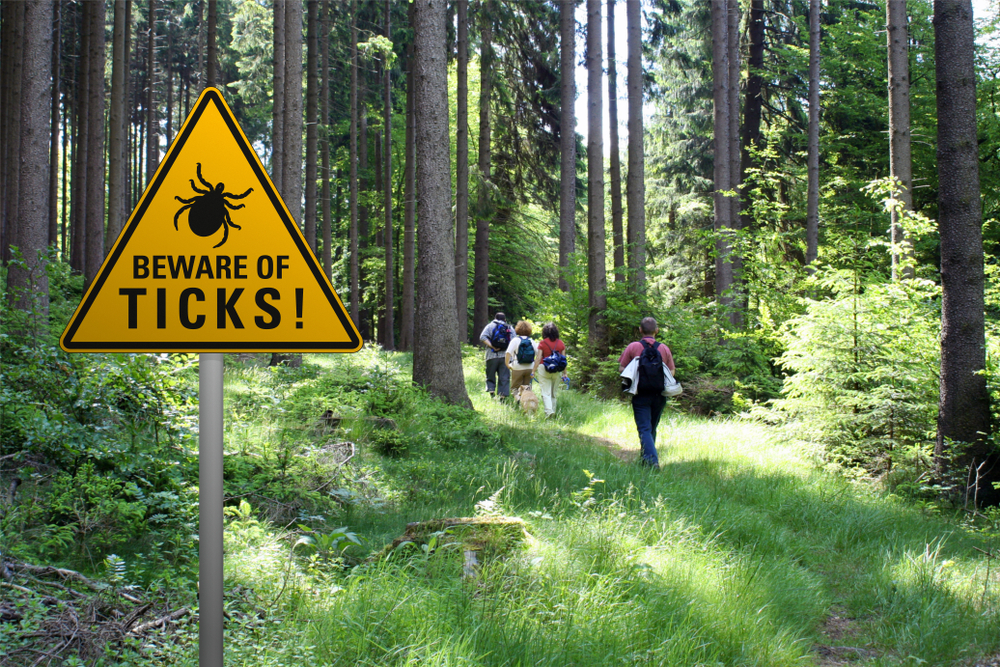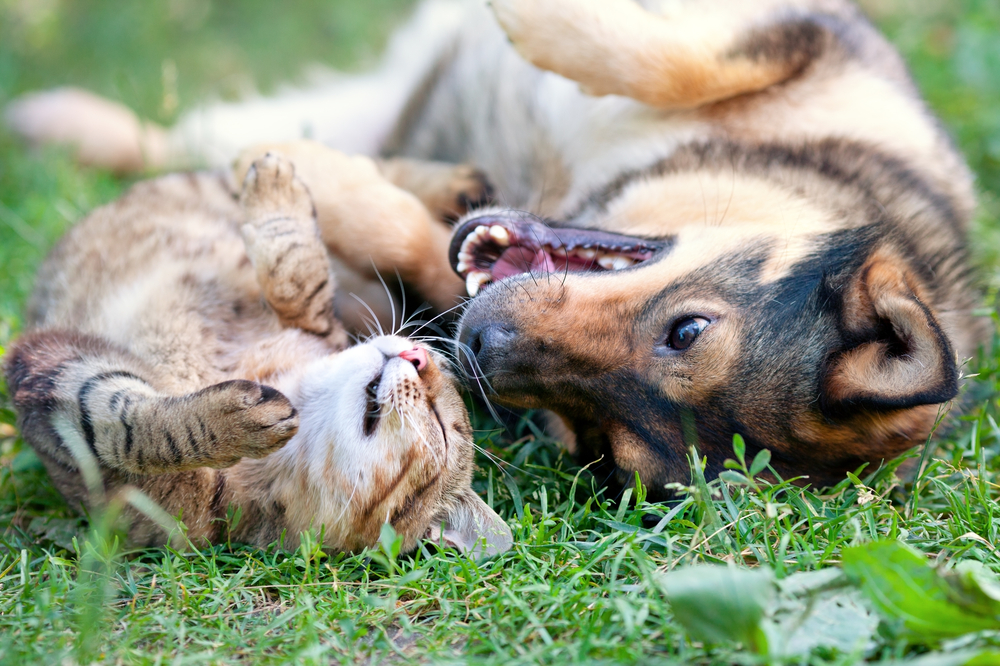Are Ticks and Fleas On Your Dog A Pet Hate?
For pet owners, ticks and fleas are more than just a nuisance – they are a consistent threat to the health and wellbeing of our loyal companions. Understanding these tiny pests and the measures to prevent and treat infestations is crucial to maintaining your dog’s health. In this guide, we’ll walk through the world of ticks and fleas, their impact on dogs, and how to protect your furry friend from their dangers.
Dog owners in the United Kingdom are all too familiar with the bucolic bliss of a countryside stroll and the emerging dread of finding a tick, a tiny, plump passenger latched onto their beloved canine. With tick populations rising due to warming temperatures, understanding how to prevent tick bites is becoming increasingly important.
Understanding Ticks and Fleas
Ticks and fleas are parasites that thrive in warm environments, which include most regions where dogs are found. Life stages for ticks include egg, larva, nymph, and adult. Ticks wait for host animals from the tips of grasses and shrubs. When animals or humans pass by, they climb onto the host and seek a suitable location for attachment.
How they infest dogs
Fleas can jump onto your dog from just about anywhere—from the environment, from the home of another infested pet, and even from wild animals in your neighbourhood.
Ticks, on the other hand, latch onto their hosts in tall grass, shrubs, and bushes and wait for an animal or human to brush by.
Signs of Infestation
How do you know if your dog has ticks? The signs can be subtle but include excessive scratching or licking at one area, often where the tick is feeding. Ticks can be an insidious foe, with some species taking several days to complete a meal before you even notice they’re there.
If you do find a tick on your dog, it’s vital to remove it promptly. The wrong technique can result in the tick regurgitating into your pet, which, in turn, increases the risk of infection. Visible ticks should be removed promptly, as failure to do so can lead to tick-borne illnesses.
For fleas, common signs in dogs are scratching or biting at the skin, excessive grooming, red patches of skin, and sometimes even hair loss. You might also spot tiny black dots—flea dirt—on your dog’s coat or skin.
Health Risks to Dogs
Fleas are often associated with skin irritation and allergies, but severe infestations can cause anaemia or issues with blood clotting in young or small dogs. Fleas can also transmit diseases like cat scratch fever and tapeworms.
The risks of tick-borne illnesses are more severe, including Lyme disease, Rocky Mountain spotted fever, and ehrlichiosis. These diseases can cause symptoms ranging from mild discomfort to life-threatening illnesses.
Are flea more dangerous than ticks?
In general, ticks are considered more dangerous than fleas due to the variety and severity of diseases they can transmit.
For example, the hyalomma tick is a particularly dangerous species known for infesting in large numbers and remaining on the host through each life stage. It has been observed on wildlife such as moose and even livestock but thankfully not in the UK.

The Battle Plan: Preventing and Eradicating Fleas on Dogs
Avoiding a flea infestation starts with a thorough understanding of the pest and its lifecycle. Adult fleas spend almost all of their time on the host animal, with flea eggs, larvae, and pupae living in the environment and contributing to the infestation numbers.
Prevention is always the best medicine, and, particularly when it comes to dealing with ticks, a multi-faceted approach works best. For dogs, frequent checks after walks, the use of tick-repelling treatments, and vaccinations where appropriate are key. Additionally, consider avoiding heavily wooded areas and dense brush where ticks are more prevalent.
The best defence against ticks and fleas is a good offense, starting with prevention. It is more cost-effective and less stressful to prevent an infestation than to treat one.
Effective Prevention Methods
Regularly grooming your dog, keeping your home and outdoor environment clean, and using year-round spot-on treatments can significantly reduce the risk of tick and flea infestations.
The Importance of Year-Round Protection
Consistent use of flea and tick preventatives throughout the year is important because pests can survive in warm indoor environments, even when outdoor temperatures drop.
Natural And Chemical-Free Options
Some pet owners prefer natural methods of tick and flea control, such as using essential oils or herbal remedies. Botanical sprays with ingredients such as cedar oil, peppermint, and rosemary have been found to repel ticks. However, these remedies may require more frequent application and vigilance than chemical treatments.
While these options can be effective, it’s important to consult with a veterinarian on their safety and application methods.
Environmental Control
Keeping your home and garden clean is essential. Vacuuming regularly can help pick up fleas and their eggs, and outdoor maintenance can reduce the number of areas where ticks can thrive.
Treatment Options
When prevention fails, or if your dog is already infested, treatment is necessary. There are various options available for both flea and tick infestations.
Fleas are a year-round problem for dogs in the UK, causing skin irritation, hair loss, and in severe infestations, anemia. They are excellent jumpers and are often spread by direct contact with other animals or through shared environments.
Available Flea and Tick Treatments
Treatment and prevention for fleas overlap considerably with ticks, and many products are effective against both. These include oral medications, spot-on treatments, shampoos, and collars. Each method has its pros and cons, and it’s best to discuss with a vet which option suits your dog’s needs the most.
Regular grooming, including combing with a fine-toothed flea comb, can help spot the presence of fleas before they become a major infestation.
Consulting a Veterinarian
Vets can recommend the most effective, and safe, tick and flea treatments for your dog. They may also offer advice on treating your dog’s environment as well.


Home Remedies and DIY Solutions
Safe and effective home remedies can complement professional treatments. Be sure to always check with a vet before using any new treatment, especially if your dog is pregnant, very young, or sick.
Safe Home Remedies
Some popular home remedies include regular baths with anti-flea and tick shampoos, using a flea comb, and making changes to your dog’s diet to boost their immune system.
DIY Home Solutions
Solutions that can help keep your home infestation free include keeping your dog’s bedding clean, regular vacuuming, and using products like diatomaceous earth or boric acid (with caution) to kill fleas in the home. Again, always seek veterinary advice.



Working Toward Harmony: Environmental Responsibility in Tick and Flea Control
When dealing with pests that affect not only our pets but also the broader ecosystem, a sustainable approach is paramount. Avoid using broad-spectrum pesticides in outdoor environments, as they can harm beneficial insects.
Staying informed about new developments in pest control and advocating for sustainable methods is a small yet impactful way dog owners can contribute to a healthier environment for their pets and wildlife.
Staying Vigilant and Informed
While ticks and fleas can be a persistent problem, staying informed and taking proactive measures can significantly reduce the risks for your dog. Regular veterinary check-ups are a great opportunity to discuss any concerns and tailor a preventative strategy that works for you and your canine companion.
By understanding the risks and being prepared, dog owners can enjoy the great outdoors with their pups while keeping them safe from pesky parasites. Remember, prevention is always better than cure, especially when it comes to the health and well-being of our furry friends.
For more specific guidance on native UK ticks and fleas, consult with a local veterinarian. Stay ahead of the game, and your dog will thank you for it – perhaps with an extra wag of the tail on your next stroll through the rolling hills of our beautiful British countryside.
